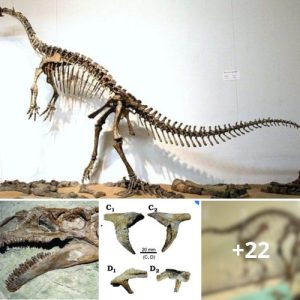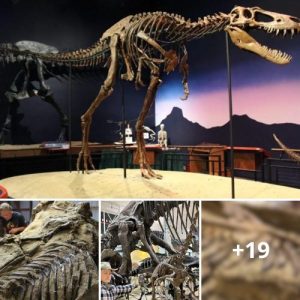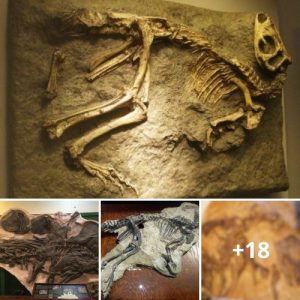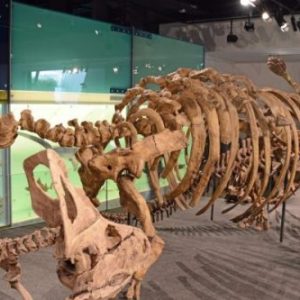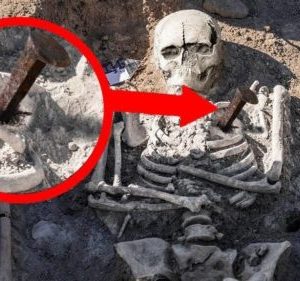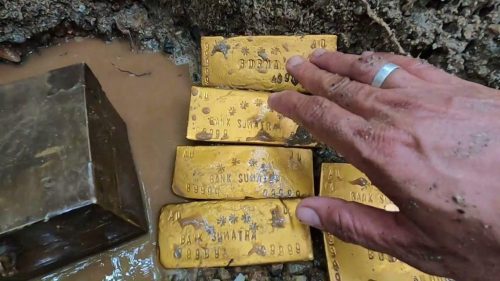
In the depths of the ocean, a remarkable and intriguing story of history and discovery is unfolding. A treasure trove of 9,999 abandoned gold bars from World War II has captured the imagination of treasure hunters and historians alike.
This astonishing find not only reveals a fascinating chapter from the past but also raises questions about the secrets hidden beneath the waves. In this article, we will delve into the incredible story of this submerged treasure and the ongoing efforts to bring it to the surface.
The Historical Context
To understand the significance of this discovery, we must first journey back in time to the tumultuous era of World War II. During the war, various countries buried their treasures to protect them from enemy forces. Among these treasures were vast caches of gold bullion. One such treasure was the legendary “Yamashita’s Gold,” rumored to have been hidden by the Japanese in the Philippines.
As the war drew to a close, the fate of many of these hidden treasures became a mystery. Some were recovered over the years, while others remained elusive, lost to history. The recent discovery of 9,999 gold bars adds a new chapter to this enigmatic saga.
The Discovery
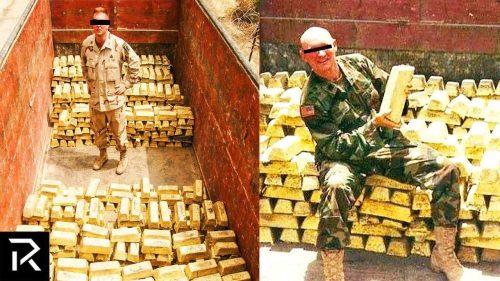
The story of the discovery begins with a group of deep-sea explorers and salvage experts who embarked on a mission to explore a sunken Japanese warship off the coast of the Philippines. Little did they know that their expedition would lead to an astonishing find. While examining the wreckage, they stumbled upon a hidden compartment filled with gold bars.
Initial estimates suggested that there were around 1,000 gold bars, but as the salvage operation continued, the true extent of the discovery became apparent—9,999 gold bars, each weighing approximately 12.5 kilograms. This massive cache of gold bullion was believed to be part of Yamashita’s Gold, a treasure that had eluded treasure hunters for decades.
The Challenge of Recovery
While the discovery of such a substantial amount of gold is undeniably exciting, the recovery process presents a unique set of challenges. The gold bars are located deep underwater, and their removal requires specialized equipment and expertise. Additionally, legal and ethical considerations surround the ownership of sunken wartime treasures, making the recovery process even more complex.
The salvage team faces the daunting task of safely bringing these gold bars to the surface while adhering to international laws and agreements governing underwater cultural heritage. The meticulous documentation of the find and collaboration with relevant authorities are crucial to ensuring a transparent and legal recovery operation.
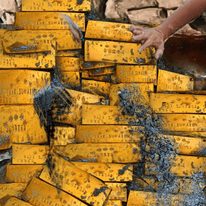
The Historical and Cultural Significance
Beyond the monetary value of the gold bars, their historical and cultural significance cannot be understated. World War II left an indelible mark on the world, and the recovery of such a treasure provides a tangible link to that tumultuous period. These gold bars serve as a reminder of the sacrifices and struggles of the past, as well as the mysteries that still lie hidden beneath the ocean’s depths.
Moreover, the discovery rekindles debates about the rightful ownership of sunken wartime treasures. Should such treasures be repatriated to their country of origin, kept in museums, or sold to private collectors? These questions open the door to broader discussions about the preservation of underwater cultural heritage and the responsibilities of those who unearth it.
Conclusion
The discovery of 9,999 abandoned gold bars from World War II is a captivating and historically significant event that has captured the world’s attention. As the salvage operation continues, it serves as a testament to human curiosity, resilience, and the enduring allure of buried treasures.
While the fate of these gold bars remains uncertain, their story reminds us that the mysteries of the past can still be uncovered, even in the depths of the ocean. The ongoing efforts to recover and preserve this treasure offer a glimpse into the complex and multifaceted world of underwater archaeology and the intricate web of history, culture, and ethics that surrounds it.

